Times change, generations come and go, boundaries between states appear and disappear, languages are born and die ... The same happens with food habits. What we eat today is strong different from what we would have eaten 1000 years ago. 
1 Garum: Ancient Roman Fermented Fish Sauce 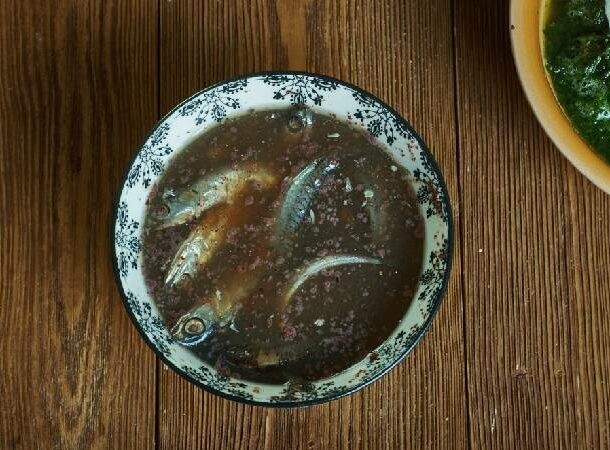
In Ancient Rome (as well as in Ancient Greece, Carthage and Byzantium) as a salty spicy seasoning, a special fish sauce - garum. It was made from the blood and innards of a fish, fermented in the sun in a clay pot with spices (dill, coriander, other herbs). Without this sauce it is impossible to imagine most recipes of ancient Roman cuisine.
2. Stewed flamingo 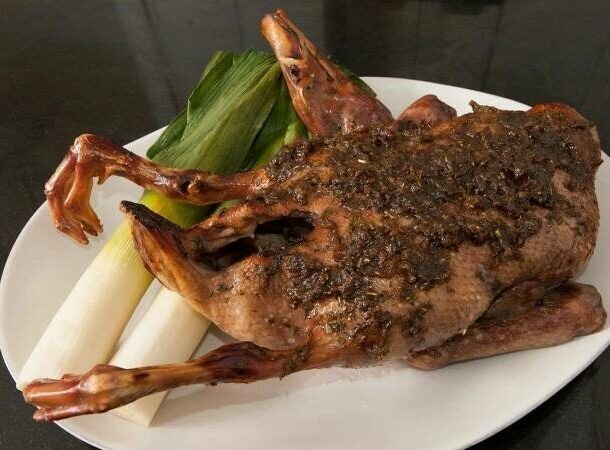
The most commonly eaten bird today is the chicken. We we also eat turkey, duck, even ostrich. Flamingos in the diet in our time you can hardly see, but once this bird was on the menu of rich residents some parts of Africa and in Rome. The upper class could try filet mignon, flamingo stew brain or tongue.
3. Cockentries 
This unusual medieval dish was served at holidays, after all, it was necessary to try and sew the upper body of the piglet to lower half of the capon. And then stuffed with offal, nuts and wild berries and bake. The monster feed was accompanied by a small a performance worthy of a "mythological" creature.
4. Rooster in a helmet 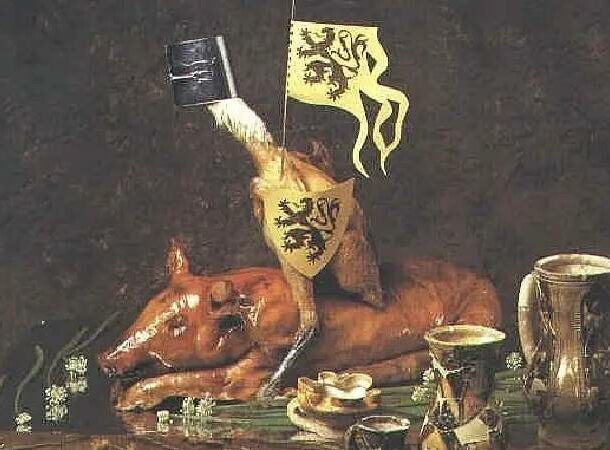
As in the previous case, it was a combination of pork and Chicken. But then a stuffed rooster rode on a pig, like a knight on his faithful horse. On his head was a small paper helmet, and in “hands” - a spear, and all the paraphernalia was executed in the colors of the lord, to whom this dish was served. People know how to have fun!
5. Virgin Boy Eggs (Tongzidan) 
The tradition of cooking this dish originated hundreds of years ago in China and there is still one city where it has been preserved. "Eggs virgin boy" are chicken eggs hard-boiled in urine boys under the age of 10. City schools provide containers for collection of urine, which the producers of the dish then buy and use. These eggs are believed to be good for health. Dongyang city produces them for hundreds of years.
6. Rooster Ale 
If you love beer, then Medieval Ale is for you. fit. And if you love chicken, then why not have a bite of it? Well, in In 1669, a cock's ale recipe appeared in England. Need to mix ale with rooster broth, add crushed raisins, nutmeg, dates, add white fortified wine there, mix everything and let it brew week, then bottled. You can drink after a month. Maybe.
It is believed that the rooster was valued for its enthusiasm and vitality, so if you drank cock ale, some of that power was transferred to you. There is also a version that the drink was developed to replace coffee, which made the English too "French".
7. Ostrich Stew in Ancient Rome 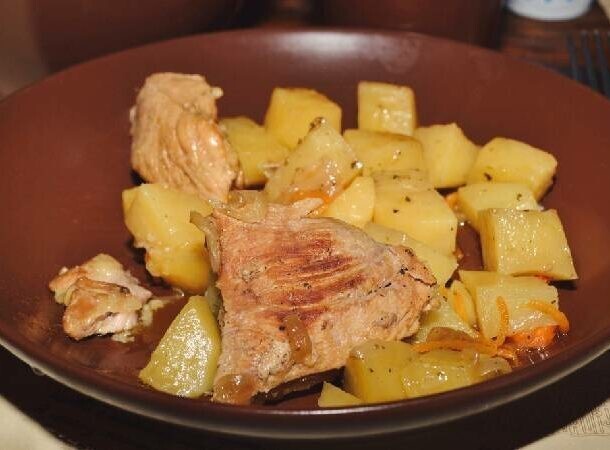
Nowadays, there are ostrich farms where these birds specially bred, but for most of us they are still relatively rare and exotic. And in ancient times they were even more exotic. For example, in ancient Rome, an ostrich dish - for example, ostrich stew - could only be prepared for some special occasion. Whole poultry was boiled, served with sauce and fish.
8. Pickled lamb testicles 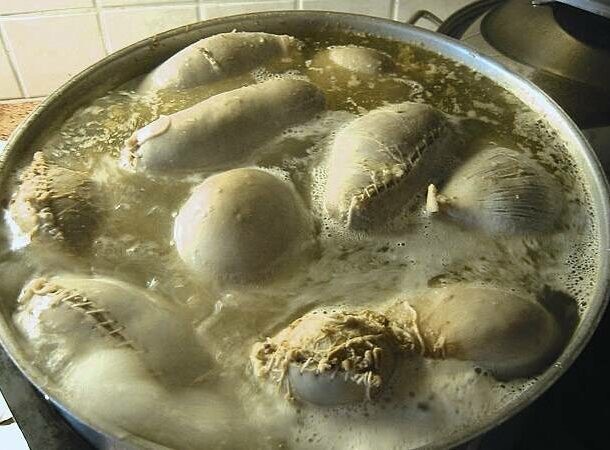
Pickled ram testicles (Súrsaðir hrútspungar) - a dish originally from Iceland. Traditional Icelandic cuisine has been targeted for food long-term storage. Sheep testicles marinated in whey for several months. They were then pressed into blocks, doing something like loaf that can be cut into slices and eaten.
Ironically, many traditional recipes, including this one, became popular again in Iceland in the 1950s.
9. Chewing milk 
It is generally accepted that in Irish cuisine the main product is potato. Of course, this is not the case, because Ireland was inhabited by more than 9000 years before the advent of the potato. There were many wild fruits and vegetables, and also a lot of seafood and shellfish. The Irish raised cows not on beef, but for milk and cheese. There are stories that in ancient Ireland produced milk that was yellow and fizzy. And it needs was chewed, not drunk. So slowly and for a long time, as if it were some milk chewing gum.
10. Wicheti hornbeam 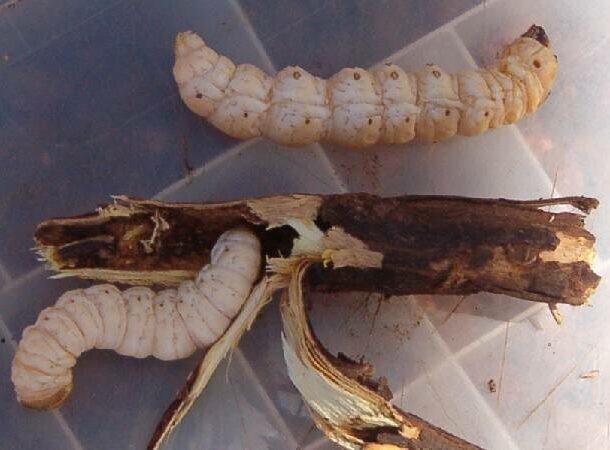
We know little about traditional Australian cuisine, then is about what the natives of Australia ate. Well, for example, they ate Witchetty grub are large white larvae of some moth species. The larvae hid in the ground, in the roots of bushes, so food was needed dig first. But this is a very nutritious thing: ten larvae give an adult needs the amount of protein per day. They say that on tastes almost like chicken, almonds, or peanuts, depending on how cook.
11. Roasted Maple Leaves 
No, it's not about Canada. Deep-fried maple leaves - a traditional dish in a Japanese city that is about 1300 years old. Only leaves are used that have turned yellow, but have not yet turned red and are not crumbled. They are fried in a large amount of oil, they have sweet-salty taste.
12. Poska 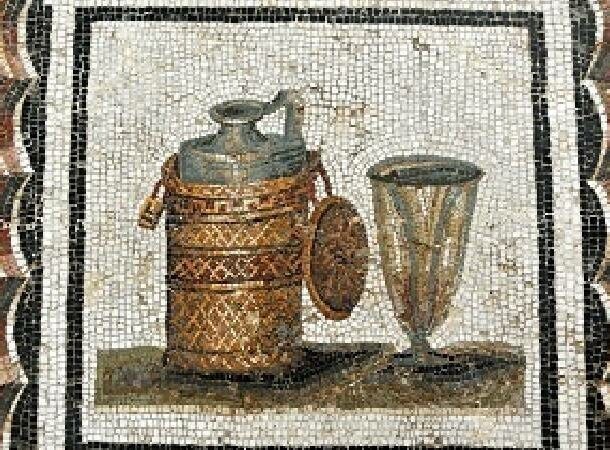
In Ancient Greece, Ancient Rome and Byzantium there was non-alcoholic a drink very popular with legionnaires. It is essentially a mixture of water and wine vinegar or sour wine and salt. It also added herbs that add flavor. The drink satisfies thirst well.
13. Stuffed pig uterus 
In Western cuisine, some parts are most often ignored animal carcasses, such as legs or internal organs. ancient romans were less biased and used for food everything that could be used. For example, they had such a dish as stuffed pig uterus. Those who decided to try this dish today, were not happy. I especially didn't like the smell.
14 Broxy Meat In The Victorian Era 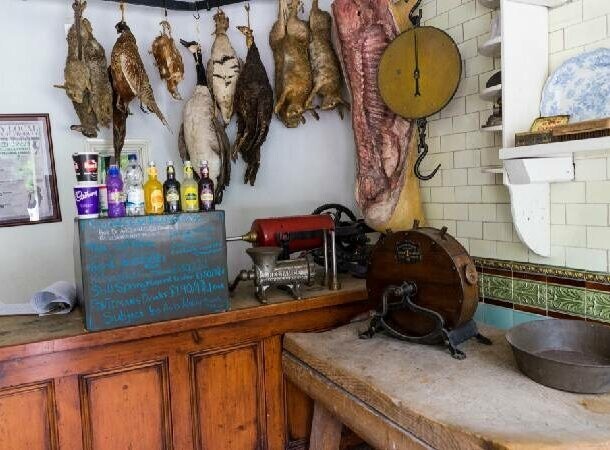
In Victorian times, good meat was expensive and inaccessible product for the poor and hard workers. So they had to to be content with "broxy" - lamb, beef and pork from animals, who died from diseases. Sheep carry many infectious diseases. (tetanus, salmonellosis, ringworm), so use "broxy" in food was a very dangerous undertaking.
15. Tlacatlaolli 
Posole is a Mexican soup that is quite popular. today, but has a very sinister origin. He comes from ancient ritual dish called "tlacatlaolli". It once intended for important members of the pre-colonial Tenochtitlan societies in Mexico. The modern posole soup is made with pork or other meat. What about the old version? From the flesh of a man brought into sacrifice to the gods.
16. Fesich 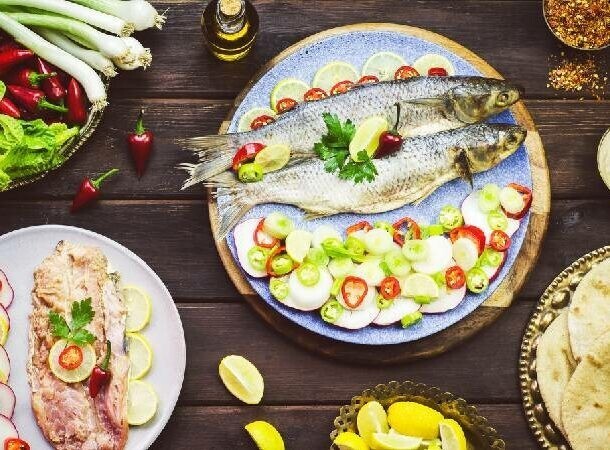
This is an ancient Egyptian dish made from fermented fish caught on the receding banks of the Nile. Fish rotted and dried in the sun. Fesich is eaten during the festival Sham el Nessim, Egyptian national holiday. A thousand year old recipe however, it has experienced a revival in modern times. But you need to cook this dish with great care, as the risk of food poisoning is high. In 1991 In the same year, 18 people died from eating poor-quality fesich.
17. Ambergris 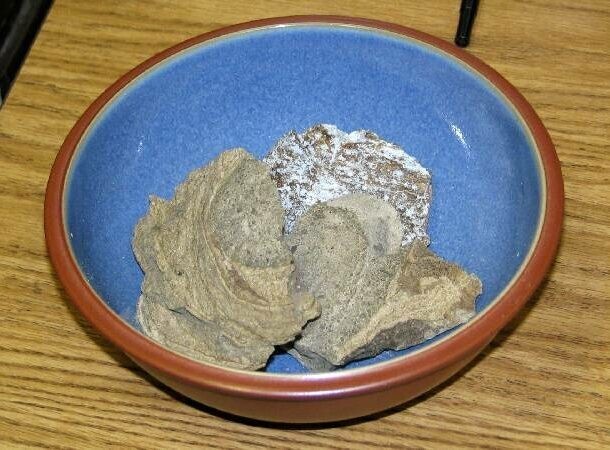
Ambergris - a substance that resembles wax, stands big money and highly valued in the perfume industry. It formed in the digestive tract of sperm whales. There was a time when ambergris considered a valuable delicacy! I wonder what it tastes like.
18. Black soup
Thanks to the film "300 Spartans" we have developed the idea that Spartans are the coolest people,which have ever existed. But what if it's all fiction? Well, check it out Spartan dish - black soup. It was made of blood, a pig's leg, vinegar and salt. The vinegar kept the blood from clotting, so basically, it's just pig in pig's blood with salt to taste. Real hardcore.
19. Salted pressed fish ovaries (ovaries) 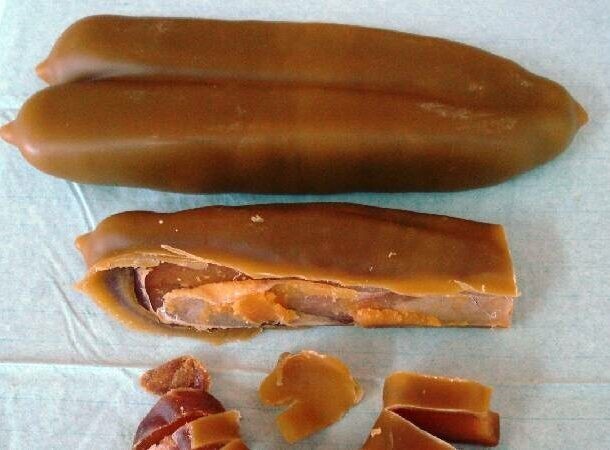
The Nile River was incredibly important to many aspects of life in Ancient Egypt. Including in order not to die of hunger. River nursed. Fish and shellfish were a major part of the ancient Egyptian diet. Dried and dried fish were very popular, as well as salted pressed yastyki with caviar inside. This delicacy is very popular even today.
20. Sonya 
In some parts of the world, dormice are real pests. In ancient Rome, they were a real holiday. Animals small, but they were specially fattened in clay pots. Fed on slaughter chestnuts and walnuts. And then they gutted the fat dormouse, stuffed and fried.
21. Pork udder stuffed with sea urchin 
Nowadays, only certain parts of animals are considered edible, but hunger, you know, is not an aunt. Quiet in Ancient Rome ate pork udder. For greater sophistication, they stuffed it sea urchin pulp.
22. Locust 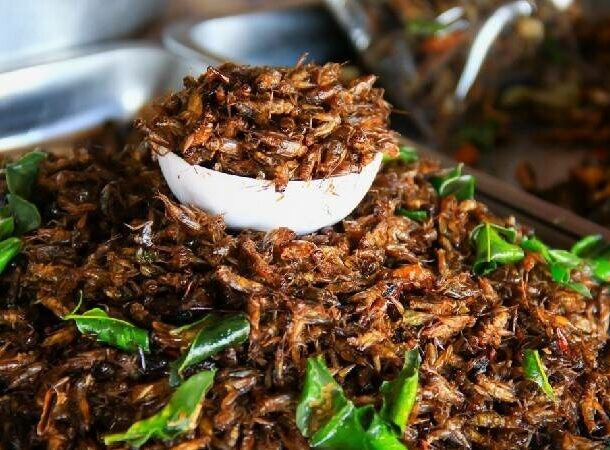
Locusts are mostly referred to as the biblical plague. But in general, it is a good source of protein, and the ancient Greeks used this fact. Fried locust served as a snack. In some Asian countries, grasshoppers and locusts can be found on the menu and today, but for Greece, where even in ancient times there was abundance seafood, olives and bread, it seems amazing.
23. Flesh of the Dead 
Cannibalism is one of the main taboos. But here and there eating dead was not considered a violation of the rules. For example, in Papua New Guinea. WITH from the point of view of the culture and traditions of some tribes, this was a manifestation supreme act of love. If you bury the dead in the ground, they will rot and be eaten by insects, and if you eat them yourself, you will save them from this share and become one with them.
24. Soil 
The act of eating dirt is called geophagy. Usually they do it children, sometimes a deviation can occur in adults. And in various ancient cultures, this was a normal tradition - for example, among indigenous Americans, South Americans and Africans. The soil was used for food a number of reasons. Say, if you wanted to improve the condition of the skin.
25. Mummy Powder 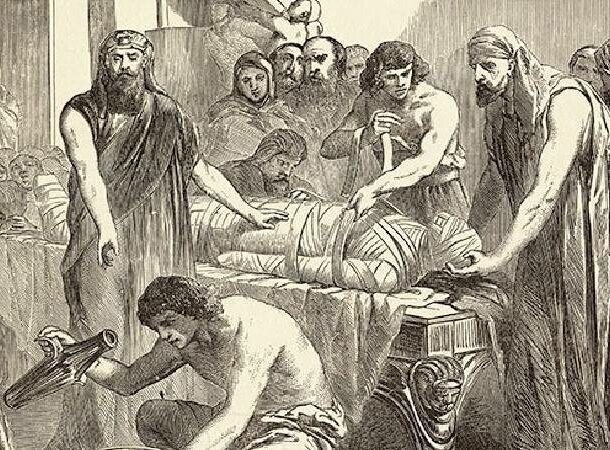
Well, the final chord: in the Victorian era it was fashionable to eat mummy powder. Real Egyptian mummies, of course. So don't only fashionable, but also expensive. In general, this practice dates back to the 16th century. Mummy powder was believed to have healing properties - can stop internal bleeding, cure headaches and etc. A kind of cure for all diseases, time-tested.
Add your comment
You might be interested in:





























